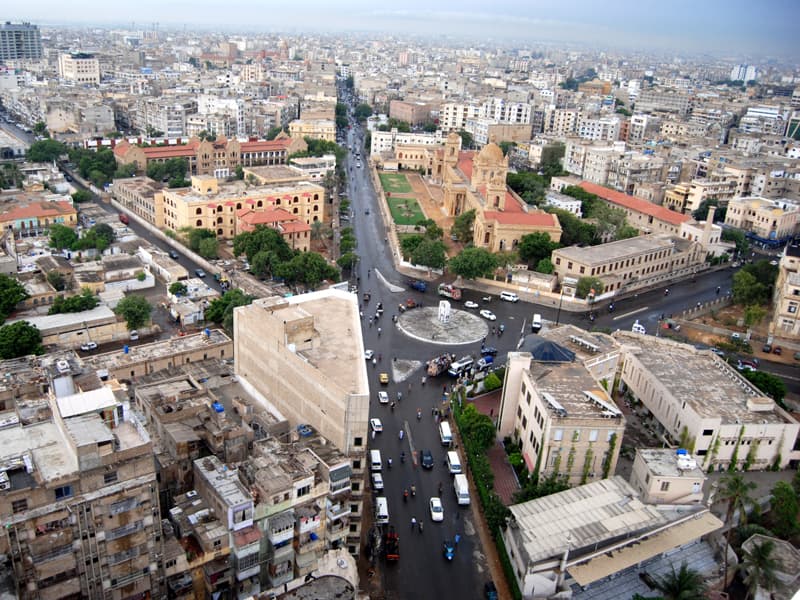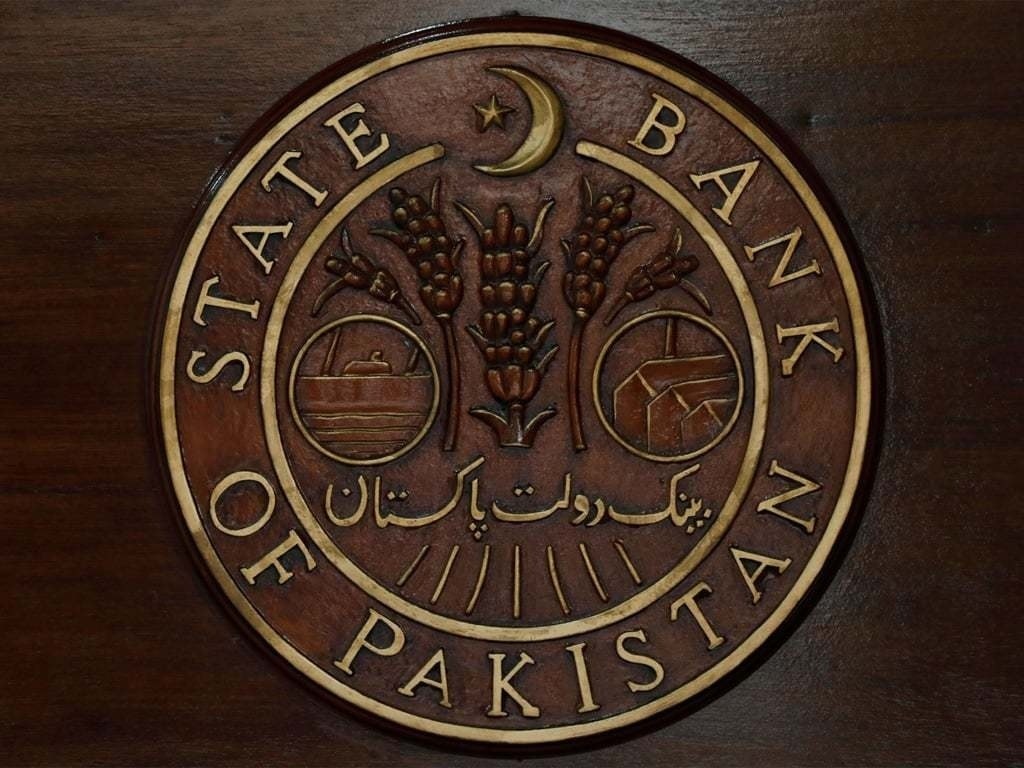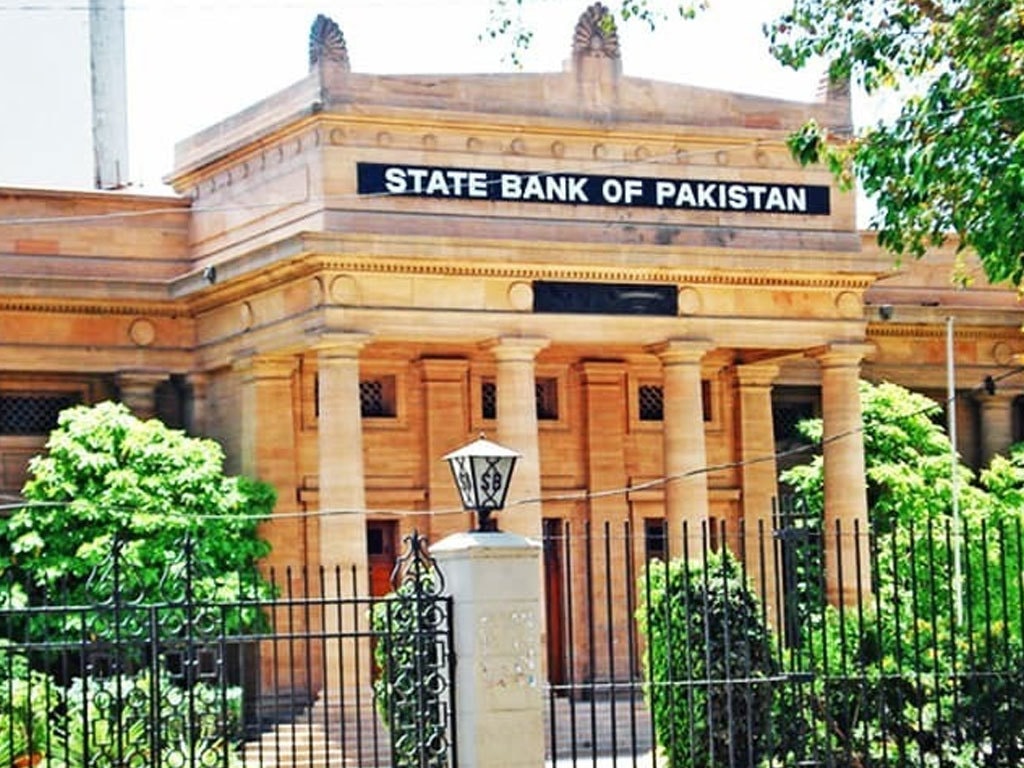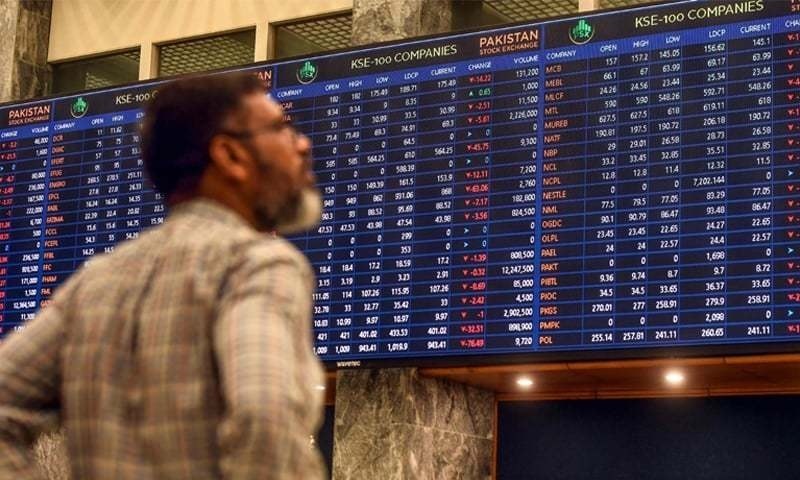Rebalancing the sources of forex inflows
Mohiuddin Aazim
May 3, 2021
Higher external debt servicing is itself an outcome of previously accumulated external debt and further debt accumulation increases future debt servicing obligations. — AFP/File
In less than eight months, forex inflows through Roshan Digital Accounts (RDA) of overseas Pakistanis crossed a billion dollars mark on April 23. These accounts are attractive enough to continue to bring into Pakistan huge sums of foreign exchange every month — overseas Pakistanis can use these accounts to invest in rupee and foreign currency-denominated Naya Pakistan Certificates (NPCs) and earn intoxicating returns. They also have the choice to invest in NPCs in both conventional and Shariah-compliant forms.
On three-month NPCs, the annualised return is 5.5 per cent in dollars, 5.25pc in pound sterling, 4.75pc in euros and 9.50pc in rupees depending upon the currency of choice for investment. Returns on six-month, one-year, three-year and five-year NPCS are equally attractive — especially on foreign currency denominated NPCs.
This is reason number one for the meteoric rise in forex inflows through RDA. Bankers say that the bulk of $1bn funds received so far have ended up investments in NPCs. Another reason is that the rupee equivalent of forex funds in RDA can be invested into real estate, the stock market and mutual funds as well.
NPCs intoxicating returns is reason number one for the meteoric rise in forex inflows through Roshan Digital Accounts
A surge in total forex inflows in RDA — from $9 million in September 2020 when the scheme was launched to $1bn now — is really commendable. It has helped Pakistan increase the availability of foreign exchange at a crucial time when forex spending on external debt servicing and imports is high, exports are growing too slowly and foreign investment inflows are low.
But is it enough? What about foreign direct investment? Don’t we need it as much as we need forex inflows coming via RDA? In nine months of this fiscal year, net foreign direct investment (FDI) inflows totaled about $1.4bn, down 35pc from $2.1bn in the same period of the last year. And, since this is but a reflection of the ongoing declining trend in FDI inflows the world over, there is a need for some extra efforts to make Pakistan a desirable destination of FDI, particularly in the now-booming health and technology sectors.
In its Jan 2021 report, the United Nations Conference on Trade and Investment (UNCTAD) said it “expects any increase in global FDI in 2021 to come not from new investment in productive assets but through cross border M&As (mergers and acquisitions) especially in technology and healthcare.” The UNCTAD report noted that amidst a general declining trend in FDI in 2020,
India and Turkey were attracting a record number of deals in IT-consulting and digital sectors including e-commerce platforms, data processing services and digital payments. With some increase in policy focus, Pakistan too can attract FDI into digital and healthcare sectors as the pandemic has made these sectors very strong candidates for both local and foreign investment.
On 3-month NPCs, the annualised return is 5.5pc in dollars, 5.25pc in pounds, 4.75pc in euros and 9.50pc in rupees
In the overall balance of payments, or BOP, each category of forex inflow/ outflow has its own dynamics and serves unique purposes. Compensating a fall in exports or low export growth — and fixing a higher trade deficit with remittances — cannot provide a lasting solution to the problem of expanding trade deficit. Similarly, further accumulation of external debt is not the logical response to the challenge of increasing the requirement of external debt servicing.
Higher external debt servicing is itself an outcome of previously accumulated external debt and further debt accumulation increases future debt servicing obligations.
For a forex-starved country like Pakistan, it is important to keep external debt servicing requirement low by all means including via a slower pace of accumulation of fresh debts.
Contrary to its electoral promises, the PTI government has accumulated lots of fresh external debts. And Prime Minister Imran Khan justifies it by saying that he has inherited a huge stock of external debt with increasing debt servicing requirement.
The stock of the federal government’s external debt, excluding the IMF’s loan for BOP support, in rupee terms stood around Rs7.942 trillion in August 2018 when Mr Khan became the prime minister. After 30 months, in Feb 2021, this stock grew to Rs11.832 trillion showing a net fresh accumulation of Rs3.89 trillion, the State Bank of Pakistan (SBP) stats show. Isn’t such fast-paced external borrowing —Rs129.66bn a month — imprudent?
What apparently necessitated such heavy external borrowing was that exports during these 30 months remained sluggish and foreign direct investment also remained lesser than required.
Heavy foreign portfolio investment in government debt securities came in temporarily when the interest rates were high but predictably flew out when the rates came down.
Throughout this period, inflows of remittances remained strong, especially after the launch of RDA and due to the stronger crackdown against illegal transfer of funds. That is commendable.
But RDA-routed foreign funds for investment in Pakistan can be repatriated fully and easily without needing prior permission from the SBP. This means the government will have to continue to offer very high returns on foreign currency denominated Naya Pakistan Certificates to retain investment in them. Going forward, paying lavish returns in foreign currency in these certificates may become a problem when foreign currency investment in them reaches new staggering heights.
Clearly, the government needs to focus on right-balancing the sources of forex inflows. Tapping forex investment and remittances potential of 11m overseas Pakistanis is good. But the government must also move to attract more foreign direct investment into the country.
A country of Pakistan’s size should not be content with $1.5bn or $2bn FDI a year. It must aspire for and do whatever is required to be done to attract $5bn or $6bn FDI a year. Taking FDI to that height — without losing policy focus on remittance’ and exports’ growth is necessary to avoid an unmanageable accumulation of fresh foreign debts.
That requires more pragmatic, elaborate and forward-looking economic policies and a more investment-friendly and stable political environment. Political stability, however, is missing. Sadly, there are no signs of its early return.
Published in Dawn, The Business and Finance Weekly, May 3rd, 2021


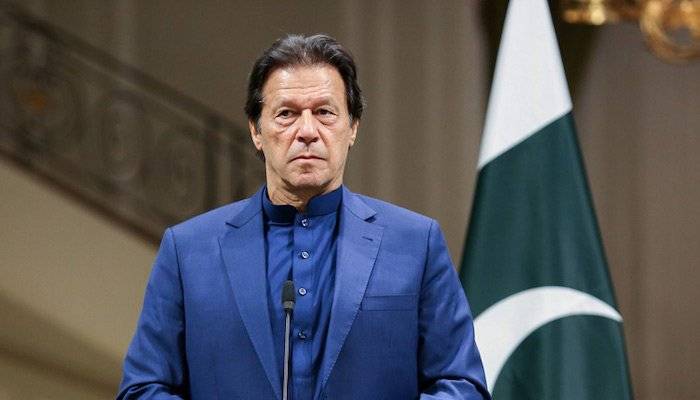
 nation.com.pk
nation.com.pk




